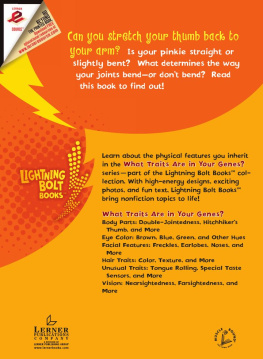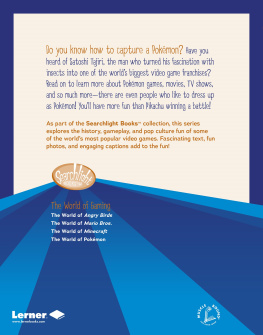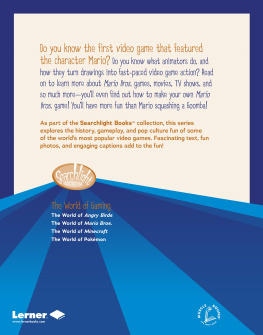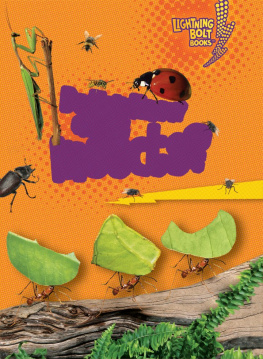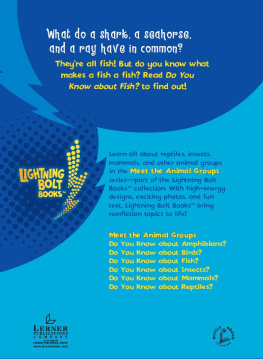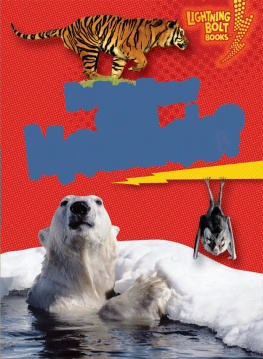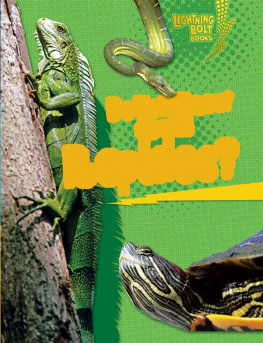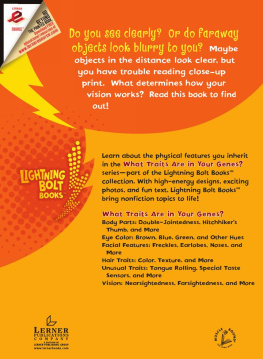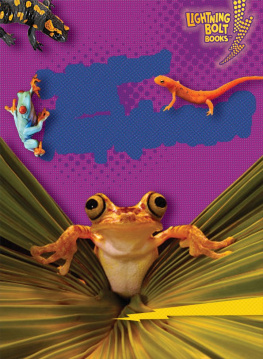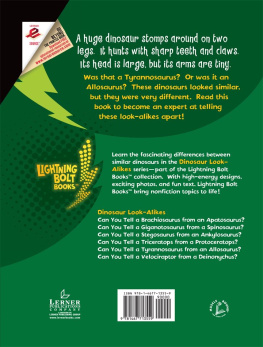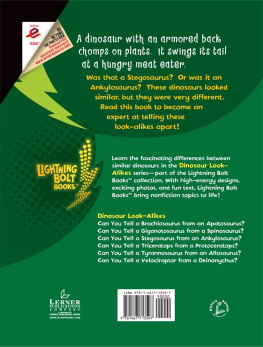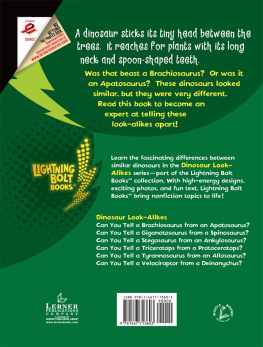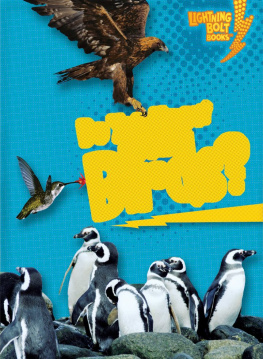Body
Parts:
Double-
Jointedness,
Hitchhiker's
Thumb,
and
More
Buffy Silverman
Copyright 2013 by Lerner Publishing Group, Inc
All rights reserved. International copyright secured. No part of this book may be reproduced,
stored in a retrieval system, or transmitted in any form or by any meanselectronic, mechanical,
photocopying, recording, or otherwisewithout the prior written permission of Lerner Publishing
Group, Inc., except for the inclusion of brief quotations in an acknowledged review.
Lerner Publications Company
A division of Lerner Publishing Group, Inc.
241 First Avenue North
Minneapolis, MN 55401 U.S.A.
Website address: www.lernerbooks.com
Library of Congress Cataloging-in-Publication Data
Silverman, Buffy.
Body parts : double-jointedness, hitchhikers thumb, and more / by Buffy Silverman.
p. cm. (Lightning bolt booksTMWhat traits are in your genes?)
Includes index.
ISBN 978-0-7613-8942-2 (lib. bdg. : alk. paper)
1. Human anatomyJuvenile literature. 2. Human bodyJuvenile literature. I. Title.
QM27.S55 2013
612dc23 2011041995
Manufactured in the United States of America
1 CG 7/15/12
Table of Contents
Traits
Every child looks and acts
different. Some yell and run.
Others swing or dig.
You look different from your friends on the playground.
What make people different
are their traits. Hair color is a
trait. Skin color is a trait too.
People have many
different traits.
You and your friends have different traits.
Our bodies have directions for
our traits.
These directions
are called genes. Genes tell
the body how to work and grow.
This picture
shows what a
section of a
gene looks like.
Genes are too
small to see.
Your genes make you different
from other people. You got
your genes from your birth
parents.
Birth parents are related to
their kids. Adoptive parents
take a child into their family and
become the childs parents.
People share many of the same
traits. We walk with two legs.
We speak and sing.
Your hands look like other
peoples hands.
They dont
look like cats paws!
People are more like one
another than like animals.
Double- Jointed
Fingers
Your elbow is a joint. Your arms bend at the elbow joint.
Hold out your
arms. Then
bend them.
The places
where your
arms bend are
called joints. Joints connect
two or more bones.
People who are double-
jointed dont have extra
joints.
But their joints bend
more than other peoples. The
way your joints bend is a trait.
This girl is double- jointed.
Can you stretch your
thumb to your arm?
Some people have thumb joints
that let their thumbs bend back
far. Genes play a part in how
your joints move.
This person can bend her thumb back far.
Genes come in pairs. One of
each gene pair came from
your mom. The other came
from your dad.
This boys thumbs are similar to his dads.
There are
different forms
of genes,
called alleles.
This boy got
an allele for
stretchy thumb
joints from his
dad. His mom
passed along
the allele for
normal joints.
The stretchy allele takes control.
Exercise also changes how
joints move. When you play
a sport, your joints
move a lot. As
people grow older,
their joints may
move less.
This girl moves her joints a lot when she practices gymnastics.
All
Thumbs!
Make a fist with one hand.
Then hold out your thumb.
Is
it straight? Or is it bent?
A thumb that
bends like this
is called a
hitchhikers
thumb.
Some thumbs bend a lot.
Others bend less. Still other
thumbs are almost straight.
Your genes control this trait.
Next, clasp your hands together.
Which thumb is on top?
Most people
put their left
thumb on top.
Fewer people
put their right
thumb on top.
Scientists are
not sure if
genes control
this trait.
This boy puts his left thumb on top when he clasps his hands together.

